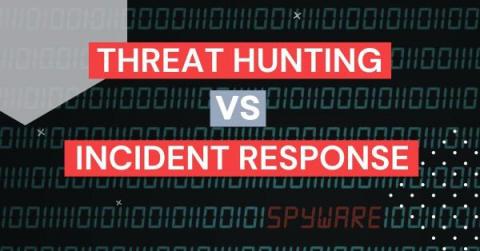Gartner Names Trustwave in 2023 Market Guide for Digital Forensics and Incident Response Retainer Services
The industry analyst firm Gartner has named Trustwave as a Representative Vendor in its 2023 Market Guide for Digital Forensics and Incident Response Retainer Services. This distinction comes on the heels of Trustwave being named a Representative Vendor in Gartner’s 2023 Market Guide for Managed Detection and Response (MDR).








